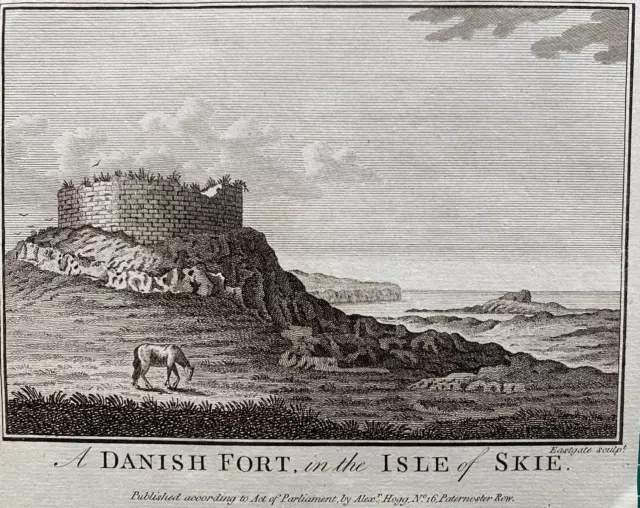1784 Antique Print; Dun Beag (Danish Fort) on Skye, Scotland
On offer: an original (i.e. not a later reproduction) scarce antique print "A Danish Fort in the Isle of Skie." The view of Dun Beag, an iron-age broch (an Iron Age drystone hollow-walled structure of a type found only in Scotland) located about 1 kilometre northwest of the village of Struan on the west coast of the island of Skye, in Scotland.
DATE PRINTED: 1784.
SIZE: The printed area including titles is approximately 19 x 15 cm, 7.5 x 5.75 inches (medium) plus margins with folds as issued.
ARTIST/CARTOGRAPHER/ENGRAVER: Engraved by Eastgate .
PROVENANCE : Published in 'The New British Traveller; Or, A Complete Modern Universal Display Of Great-Britain And Ireland: Being A New, Complete, Accurate, And Extensive Tour Through England, Wales, Scotland, Ireland, the Isles of ... Comprising all that is worthy of Observation in every County, Shire, &c. ... The Whole Published Under The Immediate Inspection Of George Augustus Walpoole, Esq. Assisted ... By David Wynne Evans ... Alexander Burnett ... and ... Robert Conway ... And Others ... London: Printed For Alex. Hogg, At The King's-Arms, No.16 Paternoster-Row, 1784.' It is believed that Hogg invented the names - George Augustus Walpoole, David Wynne Evans, Burnett, Robert Conway for his hack writers. Alexander Hogg , London; active 1778-1819 .
TYPE: Antique copper plate engraving printed on paper.
VERSO: There is nothing printed on the reverse side, which is blank.
CONDITION: Good; suitable for framing. Please check the scan for any blemishes prior to making your purchase. Virtually all antiquarian paper is subject to some normal aging due to use and time which is not significant unless otherwise stated. I offer a no questions asked return policy.
AUTHENTICITY: This is an authentic antique print, published at the date stated above. I do not offer reproductions. It is not a modern copy. The term 'original' when applied to a print means that it was printed at the first or original date of publication; it does not imply that the item is unique.
RETURNS POLICY: I offer a no questions returns policy. All I ask is that you pay return shipping and mail back to me in original condition.
POSTAGE / SHIPPING COSTS: I only charge postage for the first print ordered. There is no additional postage charge if you order more than one print.
BACKGROUND INFORMATION: Hebrides, or Western Islands, numerous islands on the W coast of Scotland, the principal of which are Skye, St. Kilda, Lewis and Harris, Uist, Cannay, Stafia, Mull, Jura, and Islay. Skye, or the Isle of Skye (Scottish Gaelic: An t-Eilean Sgitheanach or Eilean a' Cheò), is the largest and northernmost of the major islands in the Inner Hebrides of Scotland.
Dun Beag is an iron-age broch (an Iron Age drystone hollow-walled structure of a type found only in Scotland) located about 1 kilometre northwest of the village of Struan on the west coast of the island of Skye, in Scotland. Access to it is from the S as for more than half its diameter on the N side it is within 4ft of the rocky edge. The inner court is circular and the diameter is 35ft. The outside diameter is about 60ft. The doorway faces slightly S of E, just where the wall curves inwards from the edge of the plateau. The broch was visited by Thomas Pennant in 1772, and it was still a substantial structure, with a height of perhaps 4 metres. Around half of its wall height has been lost since the 18th century In the interior, 16ft of wall facing SW was found in the NE sector, and a network of drains at various levels. These seem to be of later date as nearly all the finds were at the lowest levels. Structures described by Pennant and Dr. Johnson, in 1772 or 1773, in the centre, were evidently of a later date and have disappeared. Thomas Pennant described it as ‘a beautiful Danish fort on the top of a rock, formed with the most excellent masonry.’ Pennant noted that ‘Within are the vestiges of five apartments, one in the centre, four around’ but it is not clear whether he is describing structures within the broch courtyard or the cells and passages within the walls. He goes on to describe a large rock with precipitous sides about a furlong to the north-west (the location of Dun Mor), with the ruin of a thick wall and which he had been told was designed ‘for the security of cattle’. He noted that in Gaelic these forts were called universally ‘duns’.
Please explore my ebay shop for more antique prints.
Track Page Views With Auctiva's FREE Counter Talisker (Scottish Gaelic: Talasgair) is a settlement on the Minginish peninsula in the Isle of Skye, Scotland.- Condition: Good. Please check the scan for any blemishes prior to making your purchase. Virtually all antiquarian maps and prints are subject to some normal aging due to use and time which is not significant and too noticeable unless otherwise stated.
- Unit of Sale: Single Piece
- Image Orientation: Landscape
- Size: Medium
- Material: Paper
- Original/Licensed Reprint: Original
- Framing: Unframed
- Subject: Topographical
- Type: Print
- Year of Production: 1784
- Theme: Topographical
- Production Technique: Copper Engraving
- Country/Region of Manufacture: United Kingdom
- Time Period Produced: 1750-1799
PicClick Insights - 1784 Antique Print; Dun Beag (Danish Fort) on Skye, Scotland PicClick Exclusive
- Popularity - 0 watchers, 0.0 new watchers per day, 39 days for sale on eBay. 0 sold, 1 available.
- Best Price -
- Seller - 12,719+ items sold. 0% negative feedback. Great seller with very good positive feedback and over 50 ratings.
People Also Loved PicClick Exclusive

1784 Antique Print; Bamburgh Castle, Northumberland
£7.99 Buy It Now 29d 0h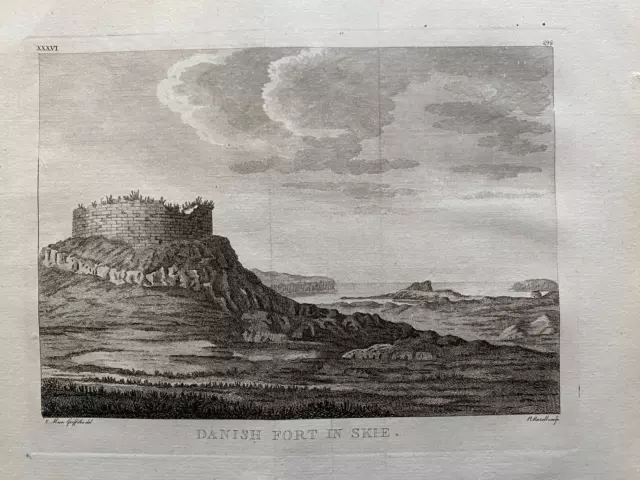
1776 Antique Print; Dun Beag (Danish Fort) on Skye, after Moses Griffith
£14.99 Buy It Now 24d 12h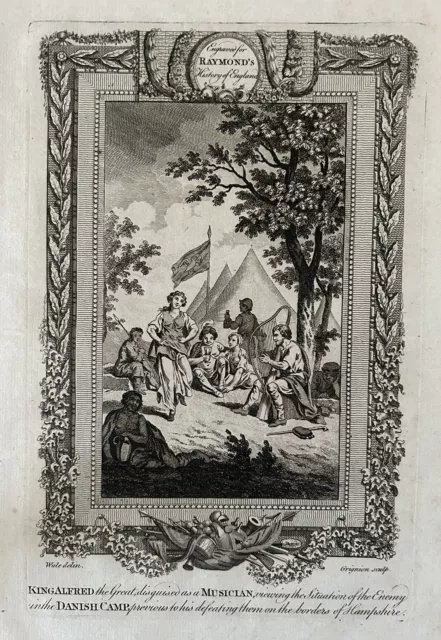
1784 Alfred The Great Disguised As Musician In Danish Camp Antique Print
£11.99 Buy It Now 14d 15h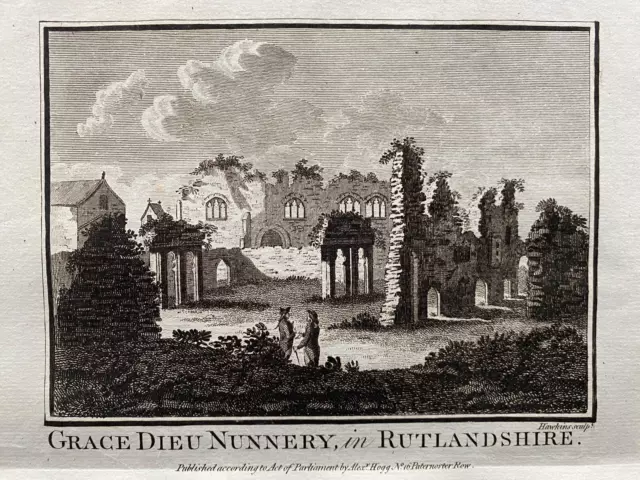
1784 Antique Print; Grace Dieu Priory, Leicestershire
£7.99 Buy It Now 21d 16h
1784 Antique Print; Canterbury or Dane John Castle, Kent
£7.99 Buy It Now 22d 11h
1784 Antique Print; View of Hereford, Herefordshire
£9.99 Buy It Now 2d 19h
1784 Death Of William II, King Of England Original Antique Print
£11.99 Buy It Now 14d 17h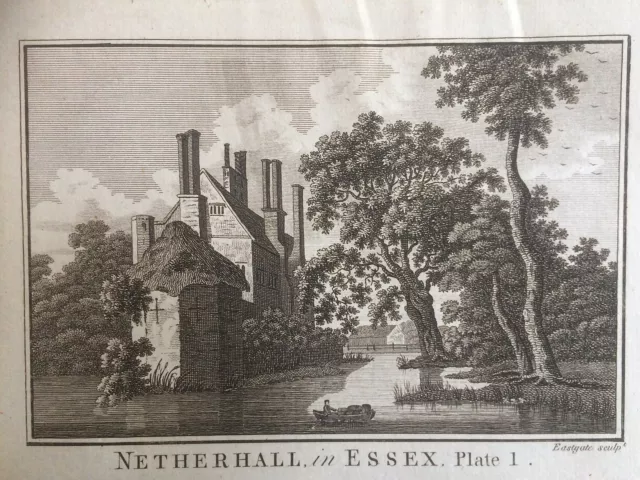
1784 Antique Print: Nether Hall, Roydon, Essex
£7.99 Buy It Now 13d 22h
1784 Antique Print; Canterbury or Dane John Castle, Kent after Grose
£7.99 Buy It Now 6d 22h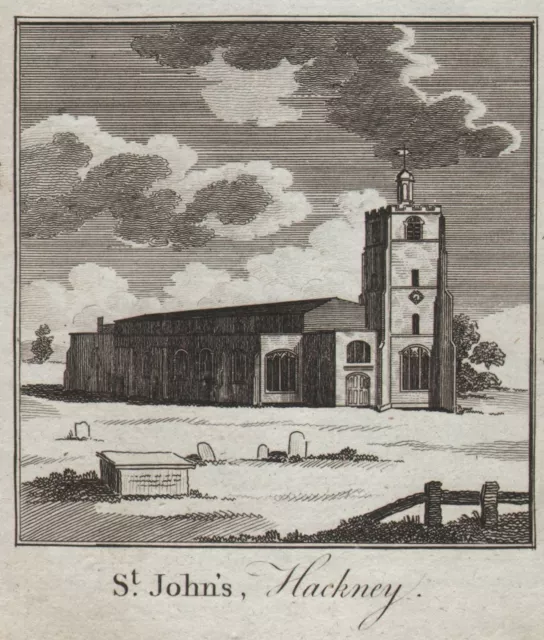
The old church of St. John-at-Hackney. SMALL. THORNTON 1784 antique print
£7.00 Buy It Now 17d 12h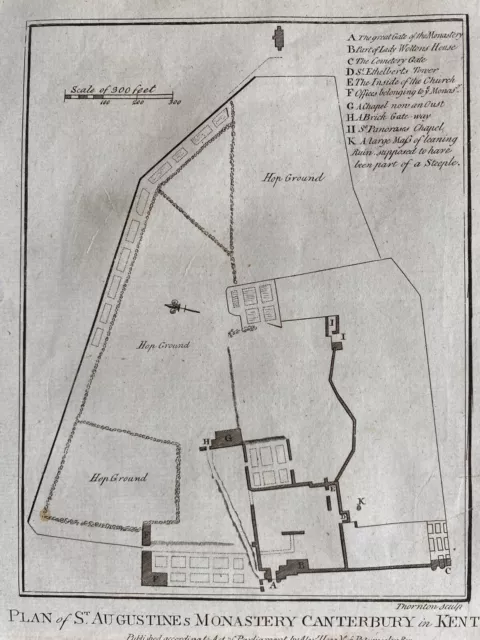
1784 Antique Print; St Augustine's Monastery Plan, Canterbury, Kent
£7.99 Buy It Now 29d 10h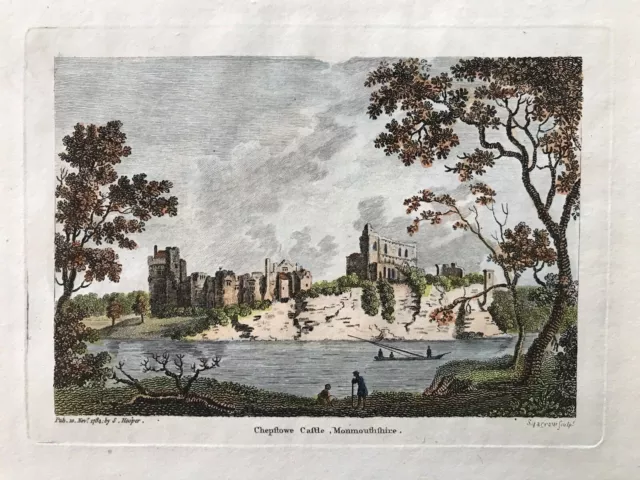
1784 Antique Print; Chepstow Castle, Monmouthshire, Wales after Grose
£7.99 Buy It Now 24d 15h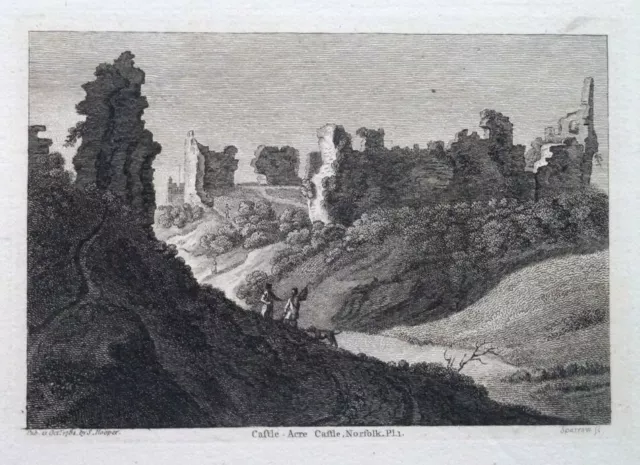
Fine Antique 1784 Engraved Print - Castle Acre Castle, King's Lynn, Norfolk
£12.50 Buy It Now 14d 1h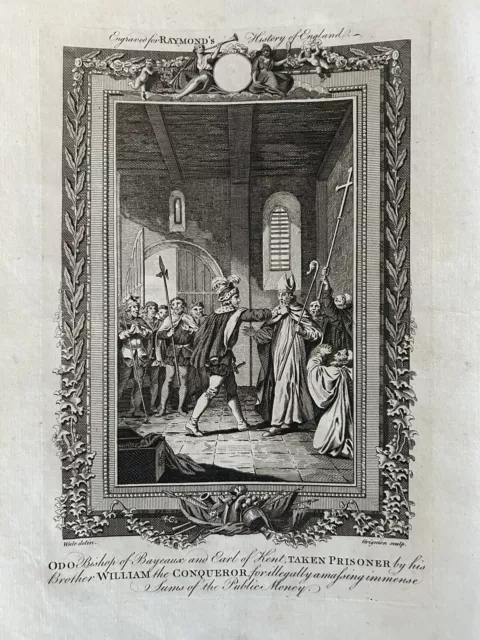
1784 Arrest Of Odo Of Bayeux By William The Conqueror Original Antique Print
£11.99 Buy It Now 14d 16h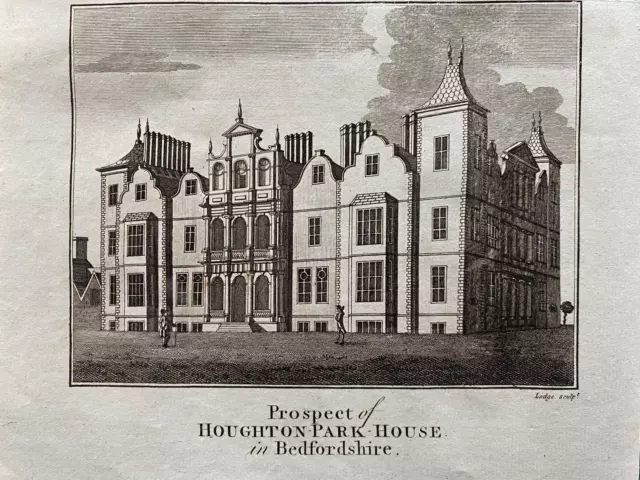
1784 Antique Print; Houghton House, Bedfordshire
£7.99 Buy It Now 19d 15h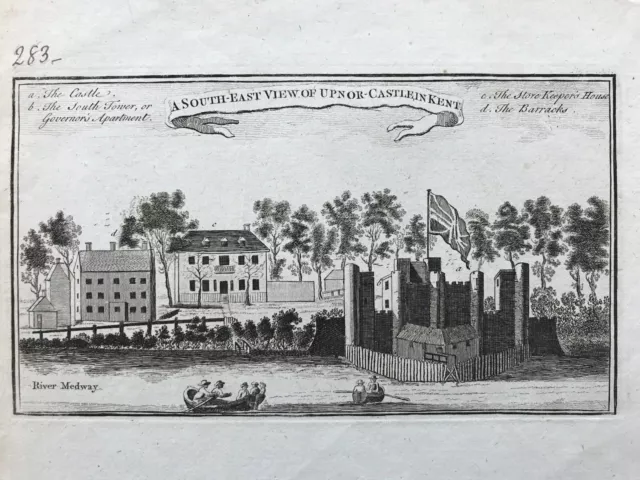
1784 Antique Print: Upnor Castle, Kent
£7.99 Buy It Now 7d 12h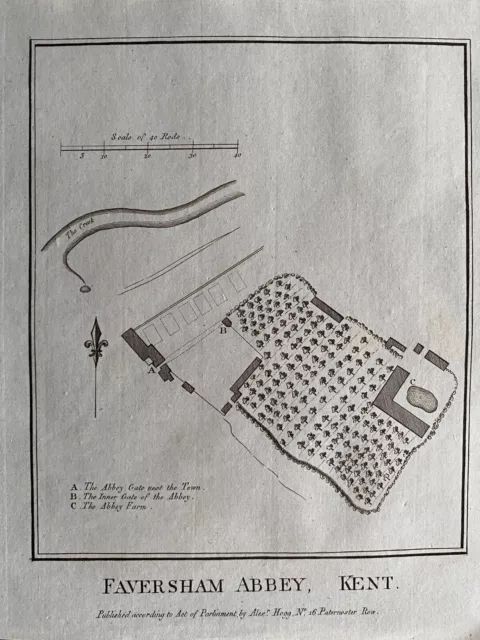
1784 Antique Print; Faversham Abbey Plan, Canterbury, Kent
£6.99 Buy It Now 1d 22h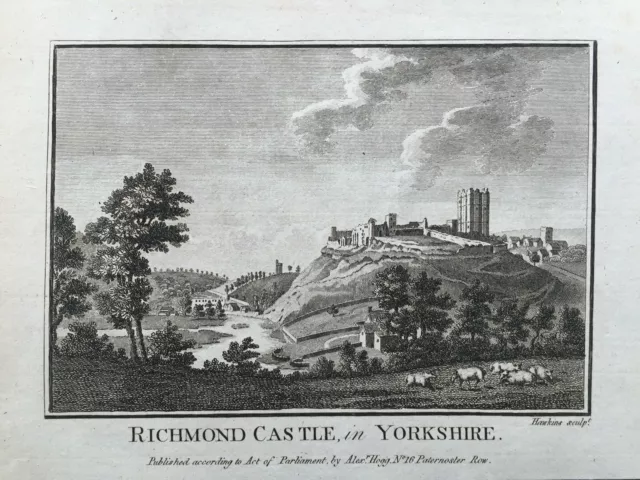
1784 Antique Print; Richmond Castle, Yorkshire
£7.99 Buy It Now 22d 17h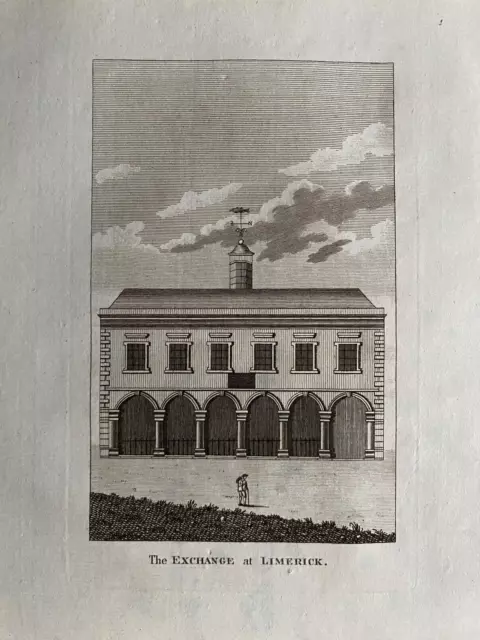
1784 Antique Print; The Exchange, Limerick, Ireland
£9.99 Buy It Now 25d 0h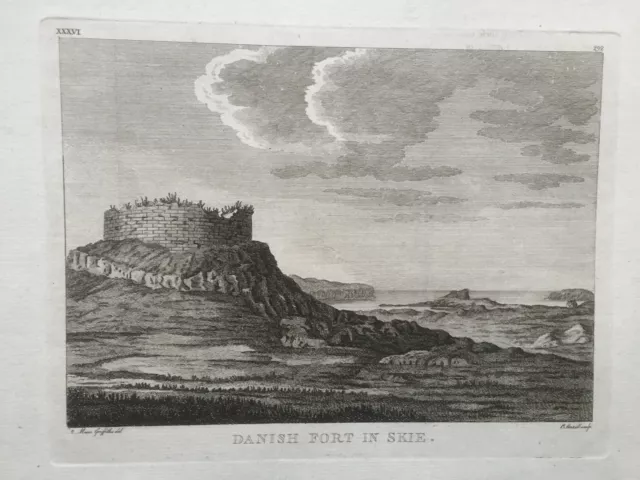
1772 Antique Print; Dun Beag (Danish Fort) on Skye, after Moses Griffith
£14.99 Buy It Now 27d 22h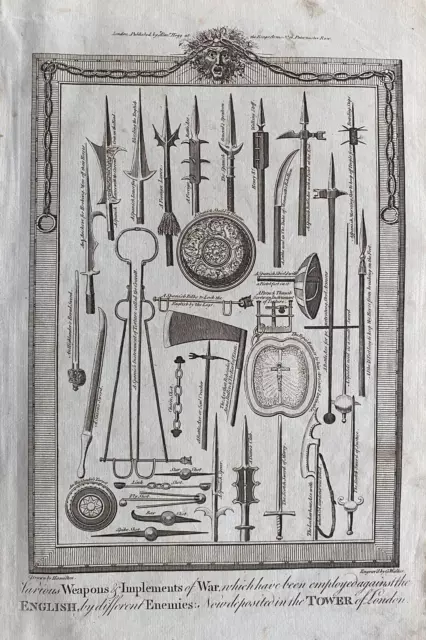
1784 Antique Print; Weapons of War held in the Tower of London
£12.99 Buy It Now 19d 12h
ISLE OF SKYE A Crofter - Antique Print 1888
£9.99 Buy It Now 10d 14h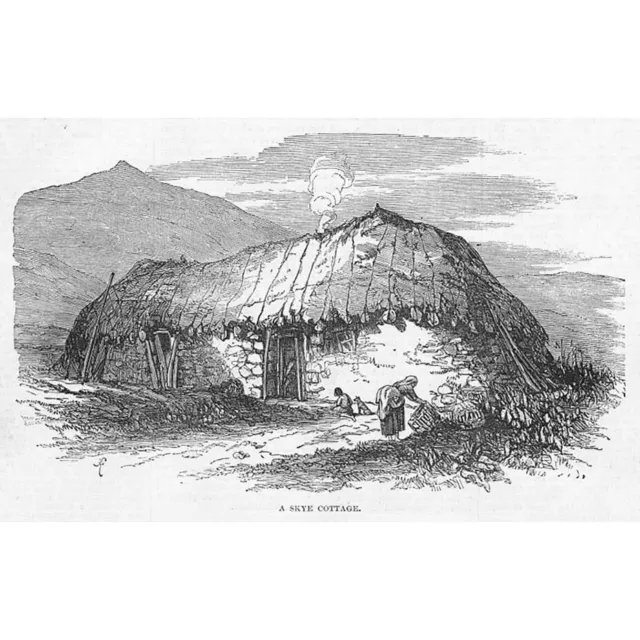
ISLE OF SKYE A Skye Cottage - Antique Print 1853
£6.99 Buy It Now 9d 17h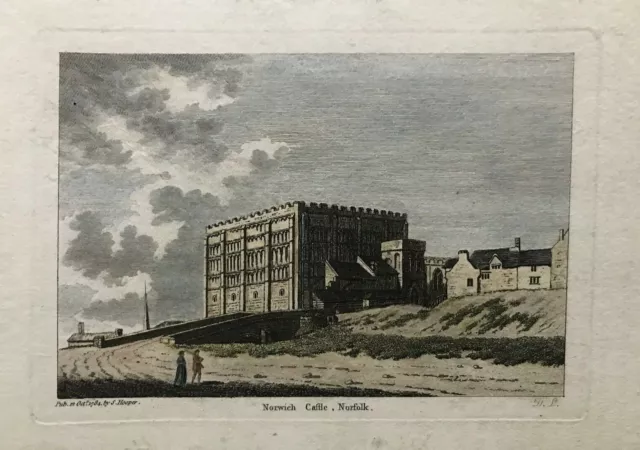
1784 Antique Print: Norwich Castle, Norfolk after Grose
£7.99 Buy It Now 11d 12h
1784 Antique Print: Nether Hall, Roydon, Essex
£7.99 Buy It Now 13d 22h
1784 Antique Print; Llanthony Secunda Priory, Gloucestershire after Grose
£7.99 Buy It Now 18d 18h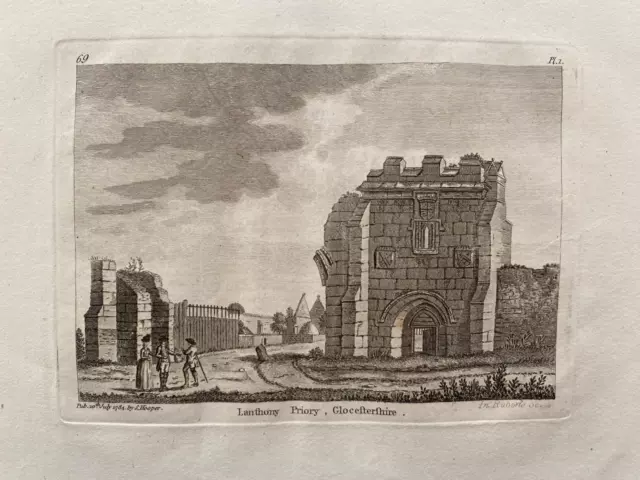
1784 Antique Print; Llanthony Secunda Priory, Gloucestershire after Grose
£7.99 Buy It Now 4d 14h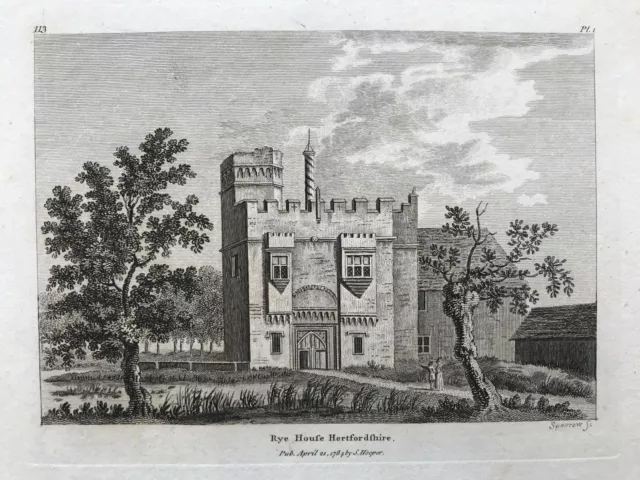
1784 Antique Print; Rye House, Hoddesdon, Hertfordshire after Grose
£7.99 Buy It Now 29d 21h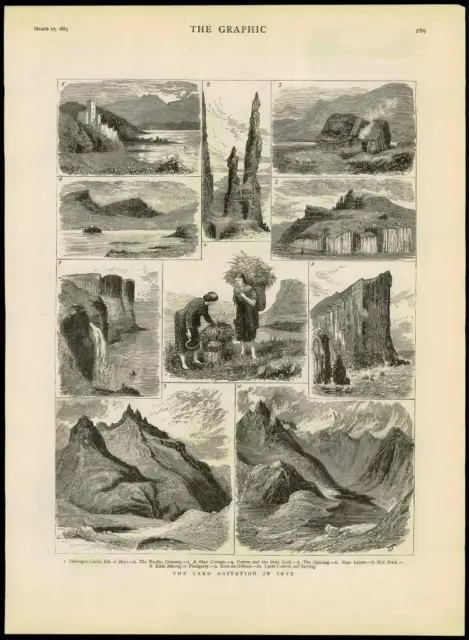
1883 - Antique Print SCOTLAND Skye Land Agitation Dunvegan Castle Needle (066)
£10.00 Buy It Now 10d 13h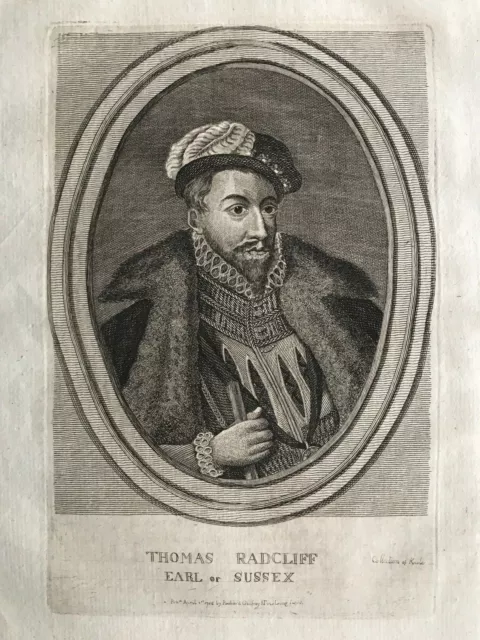
1784 Antique Print; Portrait of Thomas Radclyffe (or Ratclyffe), Earl of Sussex
£9.99 Buy It Now 24d 13h
